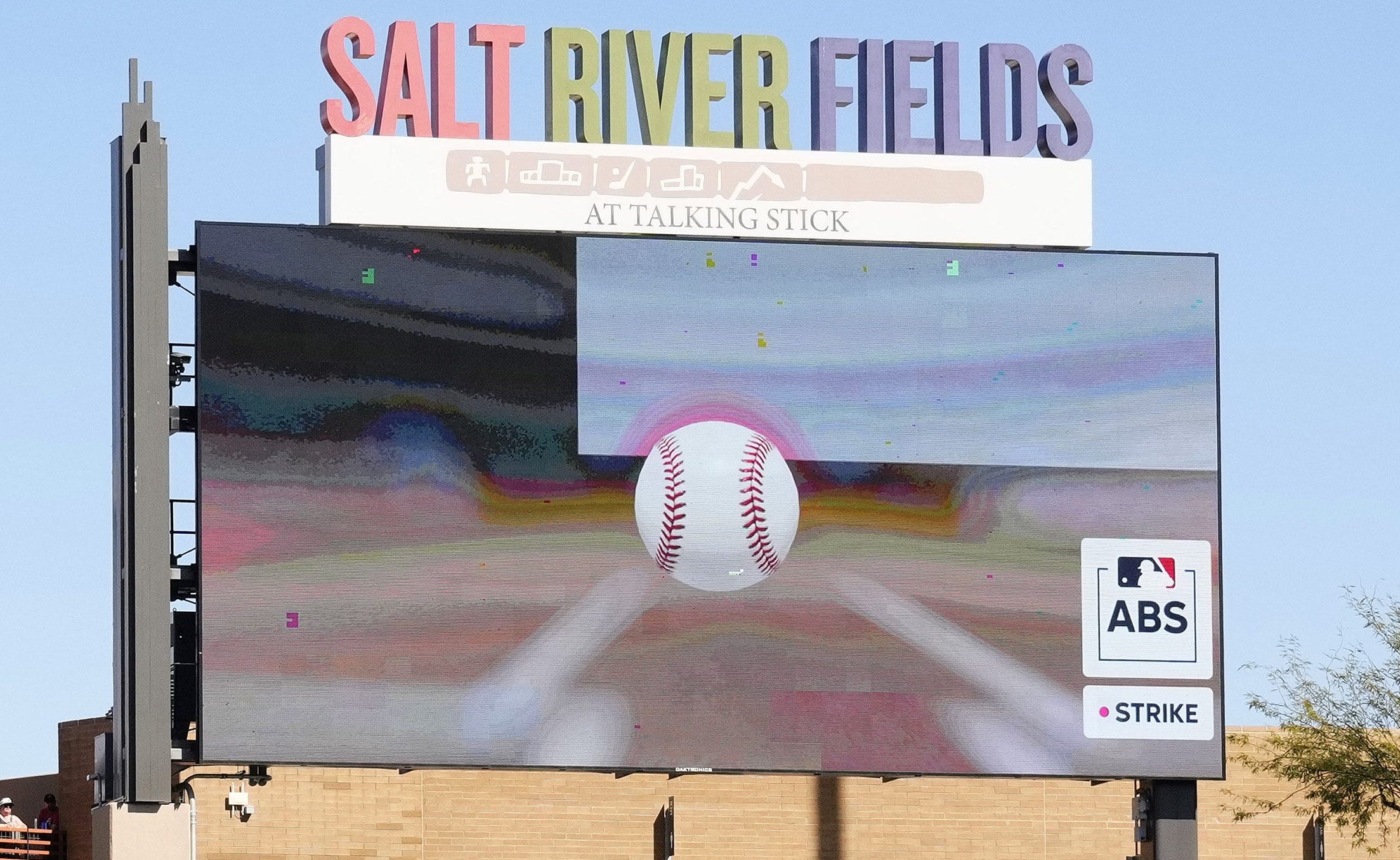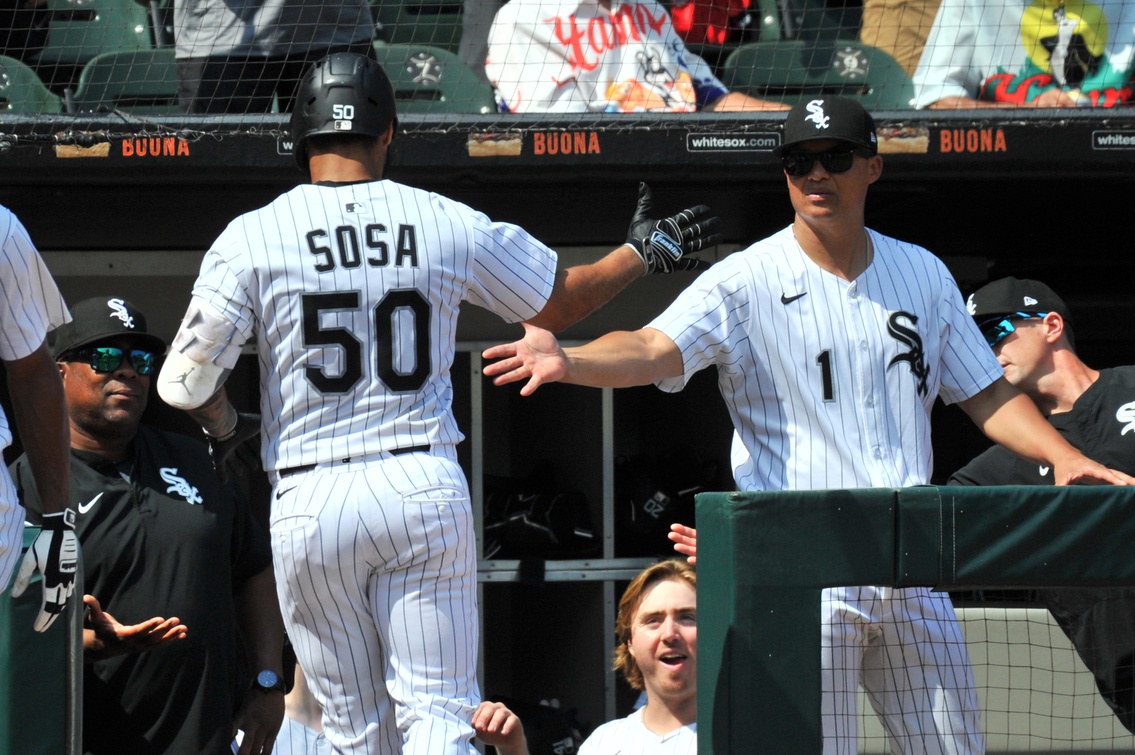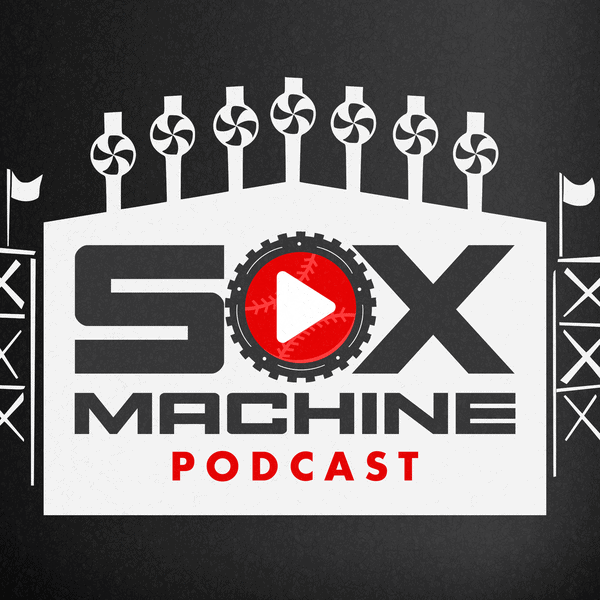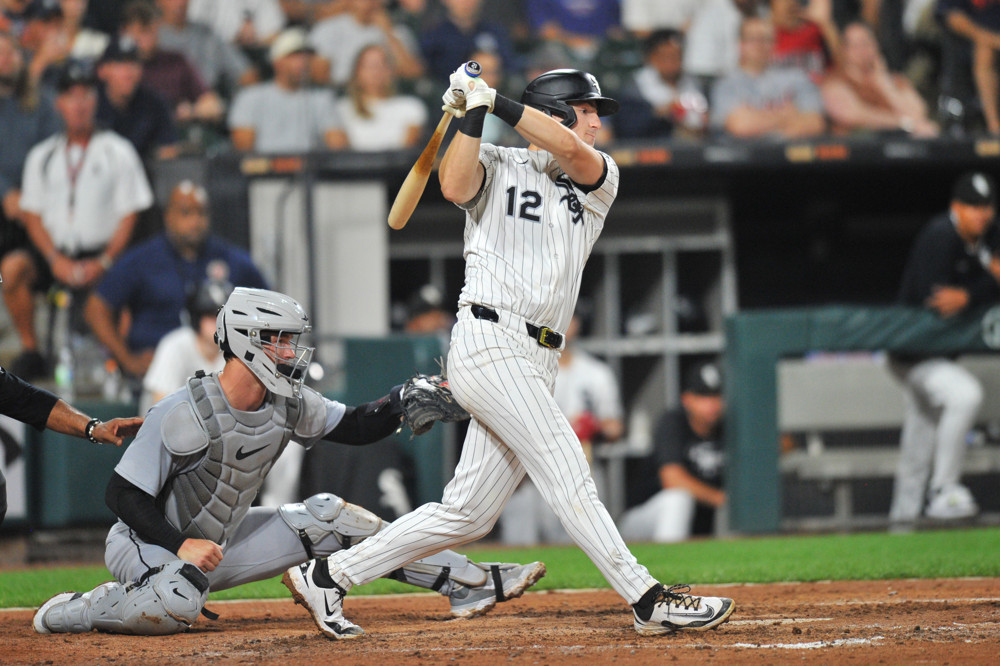In the seventh inning of the final White Sox home game of the season on Sunday, Edgar Quero strode to the plate with the bases loaded and one out against a Mason Miller who couldn't locate his 101 mph fastball. Quero had just seen Miguel Vargas draw a walk to force home the White Sox's first run, and Quero followed suit by keeping his bat on the shoulder for the first four pitches, working a 3-1 count.
For that matter, he took the fifth pitch as well. It was a fastball that had the inside corner, but Quero thought it was high, which matched the determination of CHSN's K-zone on screen. But as he readied to toss his bat toward the White Sox dugout to take his base for an RBI walk, home plate umpire Lance Barrett called it a strike, and Quero had to try to regroup.
With the count now full, Miller threw a backdoor slider that Quero's emergency hack couldn't foul off. What Quero thought was a walk turned into a strikeout, and as he returned to the dugout, he made solid bat-to-helmet contact that probably shouldn't become habit.
It doesn't do anything for him now, but at least the next time he encounters such a situation at Rate Field, the only thing he'll have to do to his head is tap it softly with his hand, because Major League Baseball announced the implementation of the automated ball-strike challenge system starting in 2026.
It will work the same way it does in Triple-A: Teams will start a game with two challenges, which a batter, pitcher or catcher can request by tapping their helmet/caps. The Hawk-Eye view of the pitch is then displayed on the scoreboard, where the batter, pitcher, catcher and everybody else in the park can watch to see if the initial call was correct. If Hawk-Eye determines the strike is a ball or vice versa, the team retains its challenge; otherwise the team loses it.
Having seen the system in effect at dozens of Triple-A games -- and also having been situated behind the screen between the dugout and home plate in minor league ballparks that don't have ABS -- I'd call it a net positive, if only for reducing the tension between players, coaches and umpires. The most controversial judgments are immediately (in)validated, so contempt isn't nearly as quick to fester.
From a spectator standpoint, the judgments are rendered quickly enough to not affect pace of play, and interesting enough to create a game-within-a-game dynamic for those who are paying attention. This especially became the case when once MLB reduced the number of challenges to two in 2024, because that forced players to rein in their reactions.
"That's the biggest thing we talk about, not getting emotional with it," Justin Jirschele told me in 2024, when he was still managing the Charlotte Knights. "If you get buried in a count one way or the other, you don't want to get emotional just because the game's played out that way. Sometimes you gotta roll with it.
"These challenges are for the team, they're not your challenges individually. These are for the team and we gotta be smart with them and try not to be emotional."
In order to take impulses out of the equation, the White Sox will have to establish a general framework so that everybody has priorities in the same order. For instance, Jirschele said last year that his staff emphasized factoring count leverage into any challenge, and that he wanted his team to have at least one challenge in the later innings if the Knights had a lead.
It also comes down to which players -- and which perspectives -- have the best ability to second-guess. As MLB tested the challenge system in Cactus League play this past spring, Will Venable said the Sox hadn't yet developed a strategy, but said that "some of our information just says that pitchers are less accurate with their challenges." He added that he couldn't be sure that was true, but that didn't stop Davis Martin, who has a way of unearthing the punchline buried in every work meeting, from running with the perceived slight by saying, "Pitchers can't challenge. We've been told that we're too egotistical when it comes to reviewing things."
It'll take a while for teams to work it out, but given the value of an individual challenge, we can safely say that catcher framing remains just about as important as it was before. Ideally, the challenge system will remove the biggest misses from the game, but there will still be numerous pitches on the fringes that won't be worth reviewing. Catchers who can keep strikes looking like strikes -- and make the occasional ball appear that way -- will still have more value than the ones with less mitt control.
Those who hate the very idea of framing will naturally ask the question: Why not go full robo-ump and have Hawk-Eye call all balls and strikes? MLB tried that setup in Triple-A, with half the games using the challenge system to police the strike zone, and half the games relying on full ABS to determine balls and strikes. As Baseball America's J.J. Cooper wrote last year, it was a better idea in theory than in practice, as hard-and-fast strike zone measurements on players of different shapes, sizes and stances never generated the balance of balls and strikes that promoted balls in play. Instead, it either increased walks or strikeouts, and tended to lengthen the time of games either way, so players and coaches preferred having human umpires write the first draft of history.
Fans will occasionally feel that same frustration with the black-and-white nature of a strike zone under the ABS challenge system, and it's one they know full well from replay reviews elsewhere. There's an inherent pedantry to the concept, a technically-correct-is-the-best-kind-of-correct attitude that necessitates the correction of calls that don't seem worth overturning.
In the field, it's most noticeable on the plays where a baserunner loses contact with the bag for a fraction of a second on a stolen-base attempt. Behind the plate, there's no such thing as a borderline/coin-flip/50-50 call. If a stitch of the ball touches a sliver of the zone, it's a strike, and a challenge that hinges on that kind of margin tends to feel more lucky than skillful.
Alas, any computerized system will have to draw a line somewhere, or else there's no point in implementing it. To go back to the 3-1 pitch that Quero took, the presence of the ABS challenge system might not have changed the outcome, because Gameday's interpretation would have confirmed the call.

But while Quero would have been irritated by the judgment either way, the incoming challenge system will at least bestow upon him a new level of agency, an authority to appeal to, and maybe some peace of mind. Perhaps that stops him from whacking himself on the head on the way to the dugout, but then again, you shouldn't count on the challenge system to eliminate the human element.






